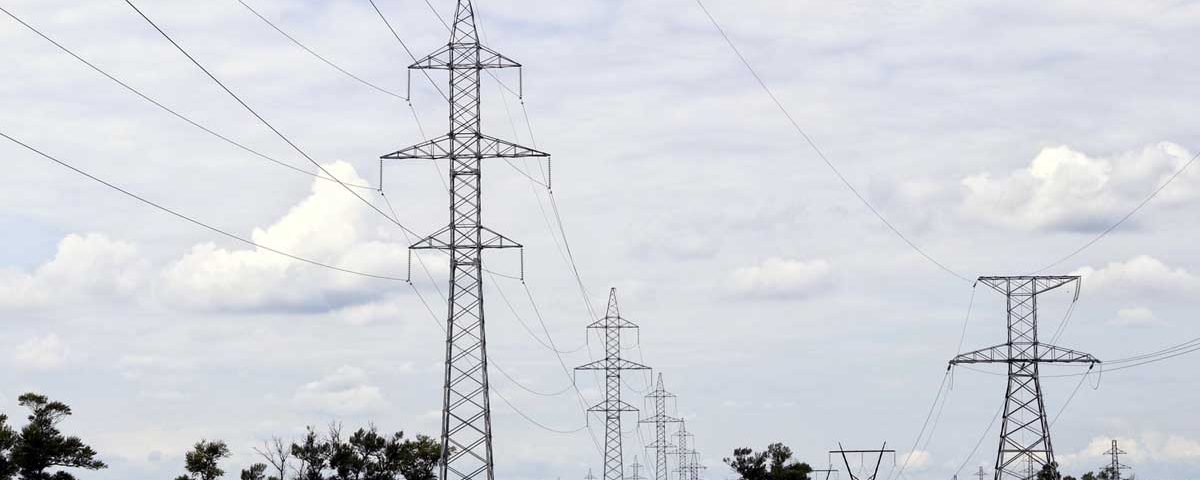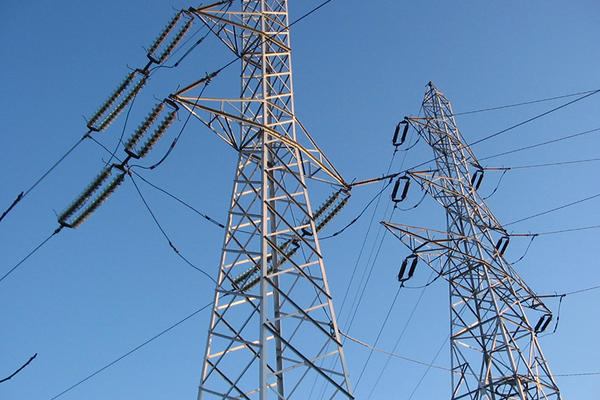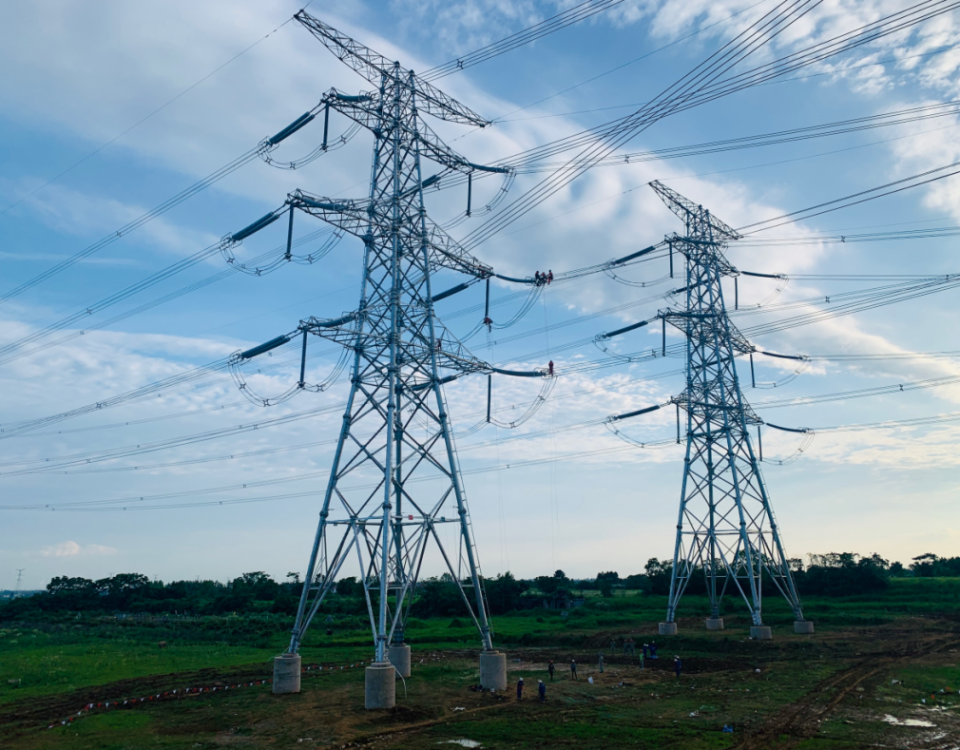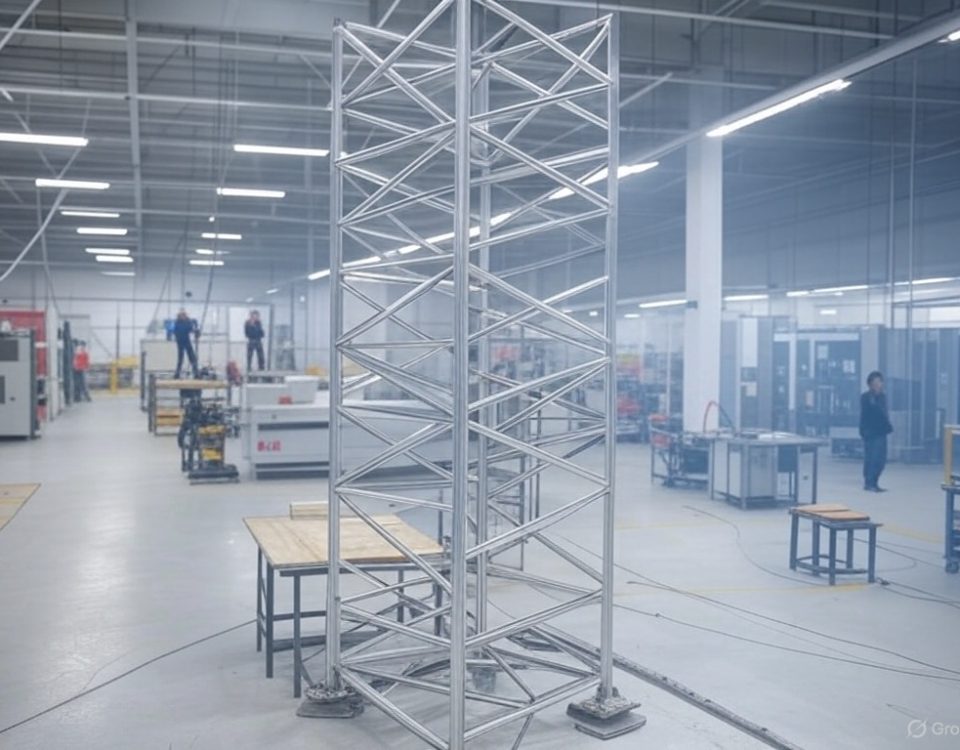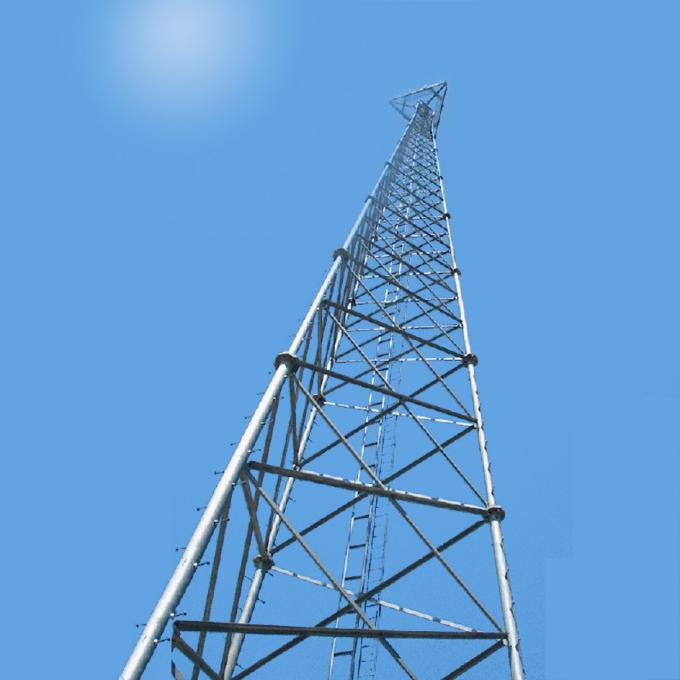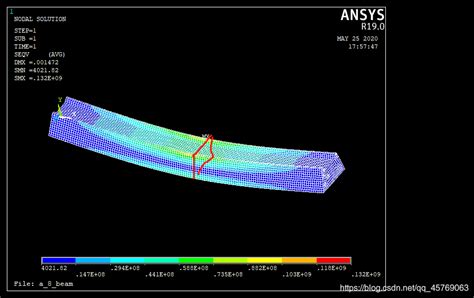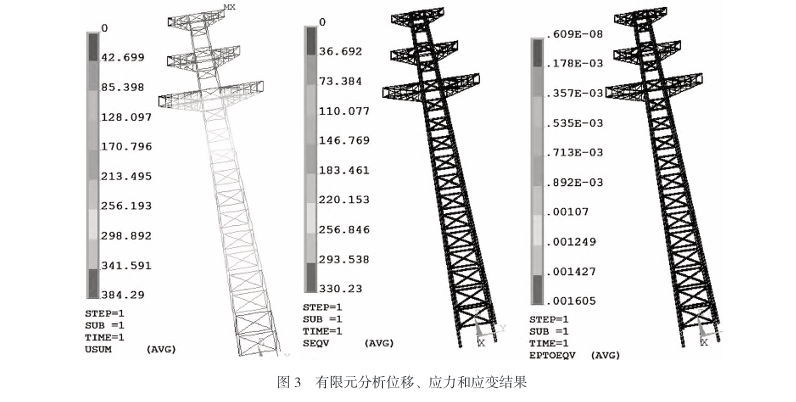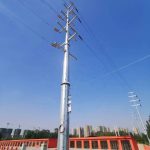
Tubular Steel Poles for Electrical Power Transmission
June 29, 2024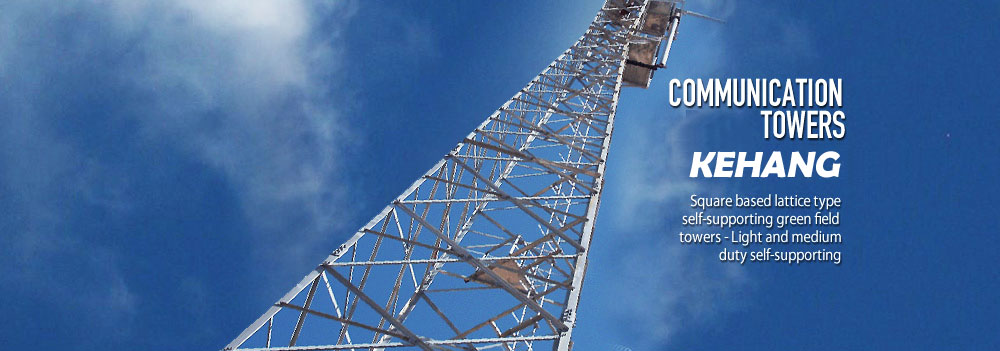
Difference Between Self-Supporting and Guyed Towers
July 7, 2024Double Circuit Transmission Lines
Double circuit transmission lines are an essential component of modern electrical power systems. They play a critical role in the transmission of electricity from power generation facilities to distribution networks and ultimately to end users. This comprehensive guide will explore double circuit transmission lines in detail, covering their design, advantages, applications, and challenges.
Table of Contents
- Introduction to Transmission Lines
- What are Double Circuit Transmission Lines?
- Design and Construction
- Conductors
- Towers and Poles
- Insulators
- Advantages of Double Circuit Transmission Lines
- Applications of Double Circuit Transmission Lines
- Challenges and Considerations
- Environmental Impact
- Maintenance
- Safety
- Case Studies and Examples
- Future Trends and Developments
- Conclusion
1. Introduction to Transmission Lines
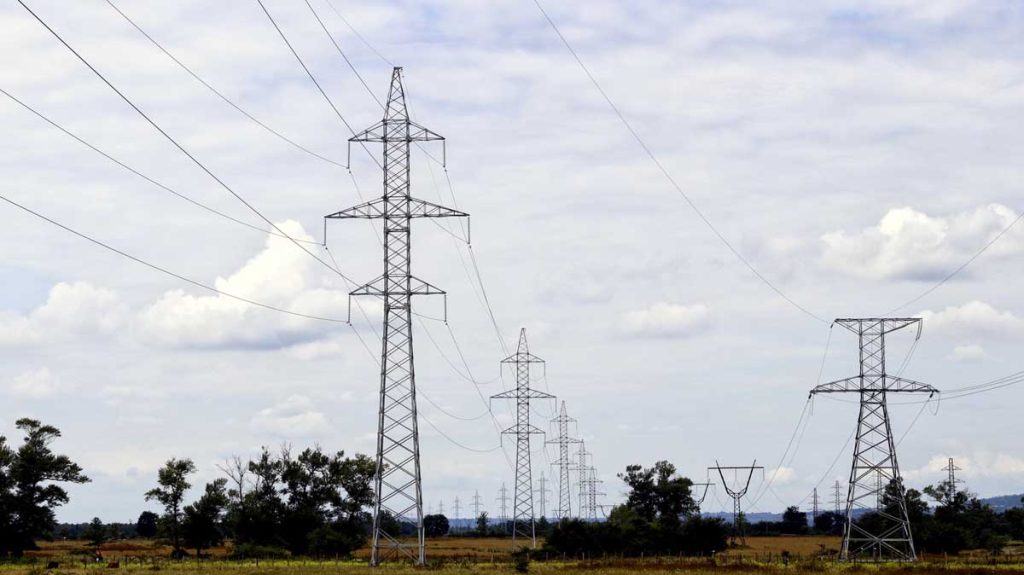
Transmission lines are the backbone of electrical power systems, enabling the transfer of electricity over long distances from power plants to end users. These lines can be categorized based on their voltage levels, configurations, and the number of circuits they carry.
2. What are Double Circuit Transmission Lines?
Double circuit transmission lines consist of two separate circuits on the same set of towers or poles. Each circuit typically carries three-phase power, meaning that a double circuit line will have six conductors in total (three per circuit). These lines are designed to enhance the reliability, capacity, and efficiency of power transmission.
3. Design and Construction
The design and construction of double circuit transmission lines involve several key components:
Conductors
Conductors are the wires that carry electrical current. In double circuit transmission lines, each circuit has its own set of conductors. The choice of conductor material (usually aluminum or copper) and its configuration (e.g., bundled conductors) depends on factors such as current-carrying capacity, mechanical strength, and environmental conditions.
Towers and Poles
The towers or poles support the conductors and maintain the necessary clearance from the ground and other obstacles. Double circuit transmission towers are typically taller and more robust than single circuit towers to accommodate the additional conductors and to ensure safe separation between the two circuits. Common types of towers include:
- Lattice Towers: Made of steel, these towers are strong and capable of supporting heavy loads.
- Tubular Steel Poles: These poles are used in urban areas where aesthetics and space constraints are important.
- Concrete Poles: Often used in areas prone to corrosion or where steel poles might not be suitable.
Insulators
Insulators are used to attach the conductors to the towers while preventing electrical current from passing through the towers. Insulators are made from materials such as porcelain, glass, or composite polymers. In double circuit transmission lines, insulators must be designed to handle the increased electrical stresses.
4. Advantages of Double Circuit Transmission Lines
Double circuit transmission lines offer several advantages over single circuit lines:
Increased Transmission Capacity
By having two circuits on the same set of towers, double circuit lines can transmit more power, effectively doubling the capacity compared to a single circuit line.
Enhanced Reliability
Double circuit lines provide redundancy. If one circuit fails or needs maintenance, the other circuit can continue to operate, ensuring a more reliable power supply.
Cost Efficiency
Sharing the same towers and infrastructure for two circuits reduces the overall cost of construction and maintenance compared to building two separate single circuit lines.
Space Efficiency
Double circuit lines require less land than two separate single circuit lines, making them ideal for areas where space is limited or where environmental impact needs to be minimized.
5. Applications of Double Circuit Transmission Lines
Double circuit transmission lines are used in various applications, including:
Urban Power Distribution
In densely populated urban areas, space is at a premium. Double circuit lines help maximize the use of available space while providing the necessary power capacity.
Long-Distance Transmission
For transmitting power over long distances, double circuit lines offer the advantage of higher capacity and reliability, which is essential for connecting remote power generation sites to consumption centers.
Renewable Energy Integration
As the use of renewable energy sources like wind and solar power increases, double circuit lines are often used to connect these intermittent sources to the grid, ensuring a stable and reliable power supply.
6. Challenges and Considerations
While double circuit transmission lines offer many benefits, they also come with challenges and considerations:
Environmental Impact
The construction and operation of double circuit transmission lines can have significant environmental impacts, including habitat disruption, visual impact, and electromagnetic fields. Proper planning and mitigation measures are necessary to minimize these effects.
Maintenance
Maintaining double circuit lines can be more complex and costly due to the increased number of components and the need to ensure the safety and reliability of both circuits.
Safety
The higher voltage and increased number of conductors in double circuit lines pose additional safety risks, requiring stringent safety protocols during construction, operation, and maintenance.
7. Case Studies and Examples
To understand the practical implementation and benefits of double circuit transmission lines, let’s explore some case studies and examples from around the world.
Case Study 1: The Western HVDC Link, UK
Overview: The Western HVDC (High Voltage Direct Current) Link is a project designed to enhance the electricity transmission network between Scotland and England. It uses a double circuit design to maximize capacity and reliability.
Details:
- Length: Approximately 422 km (262 miles)
- Voltage: 600 kV
- Capacity: 2,200 MW per circuit, totaling 4,400 MW
- Purpose: To transmit renewable energy generated in Scotland to demand centers in England.
Benefits:
- Increased Capacity: The double circuit design allows for the transmission of large amounts of renewable energy, supporting the UK’s green energy goals.
- Reliability: Provides a robust and reliable connection between Scotland and England, with redundancy to minimize power outages.
Case Study 2: The North-South Interconnection, Australia
Overview: The North-South Interconnection in Australia is a critical infrastructure project that connects the northern and southern parts of the country, ensuring stable power supply across vast distances.
Details:
- Length: Over 1,000 km
- Voltage: 500 kV AC
- Capacity: Approximately 4,000 MW per circuit
- Purpose: To enhance the stability and reliability of the national grid, enabling the transfer of power between regions with different demand and generation profiles.
Benefits:
- Enhanced Grid Stability: The double circuit configuration ensures that power can be reliably transferred even if one circuit is out of service.
- Support for Renewable Energy: Facilitates the integration of renewable energy sources by providing a stable transmission pathway.
Case Study 3: The Itaipu – São Paulo Transmission Line, Brazil
Overview: This transmission line connects the Itaipu Dam, one of the world’s largest hydroelectric power plants, to São Paulo, Brazil’s largest city and economic hub.
Details:
- Length: Approximately 800 km
- Voltage: 750 kV
- Capacity: 6,300 MW per circuit
- Purpose: To transmit hydroelectric power from Itaipu to São Paulo, supporting the region’s substantial power demand.
Benefits:
- High Capacity: The double circuit design supports the transmission of large amounts of power, essential for São Paulo’s industrial and residential needs.
- Reliability: Ensures a continuous power supply to one of the most important economic regions in South America.
8. Future Trends and Developments
The future of double circuit transmission lines looks promising, with several trends and developments on the horizon:
Advanced Materials
The development of new conductor materials, such as high-temperature superconductors (HTS), could increase the capacity and efficiency of double circuit transmission lines.
Smart Grid Integration
Integration with smart grid technologies will allow for better monitoring, control, and optimization of double circuit transmission lines, enhancing their reliability and efficiency.
Renewable Energy Expansion
As the world continues to shift towards renewable energy sources, the demand for double circuit transmission lines will grow. These lines will be crucial for transmitting power from remote renewable energy sites to urban centers.
Environmental and Aesthetic Improvements
Innovations in tower design and materials will help reduce the environmental impact and visual footprint of double circuit transmission lines, making them more acceptable in urban and environmentally sensitive areas.
9. Conclusion
Double circuit transmission lines are a vital component of modern electrical power systems. They offer numerous advantages, including increased transmission capacity, enhanced reliability, cost efficiency, and space efficiency. These lines are essential for urban power distribution, long-distance transmission, and integrating renewable energy sources into the grid.
Despite their benefits, double circuit transmission lines also present challenges, such as environmental impact, maintenance complexity, and safety concerns. However, with proper planning, design, and technological advancements, these challenges can be effectively managed.
The future of double circuit transmission lines is bright, with ongoing innovations and trends that promise to further enhance their performance and integration into the global power infrastructure. As the demand for electricity continues to grow, double circuit transmission lines will play an increasingly important role in ensuring a stable, efficient, and reliable power supply for the world.
References
- Books:
- “Electric Power Transmission System Engineering: Analysis and Design” by Turan Gonen
- “Transmission Line Design Manual” by Holland H. Farr
- Articles and Papers:
- “Double Circuit Transmission Lines: Benefits and Challenges” by IEEE Power & Energy Society
- “Advanced Materials for High Voltage Transmission Lines” by Journal of Electrical Engineering
- Websites (continued):
- International Energy Agency (IEA)
- Electric Power Research Institute (EPRI)
- American Transmission Company (ATC)
Appendices
Appendix A: Glossary of Terms
-
- Conductor: A material that allows the flow of electrical current.
- Circuit: A complete and closed path through which electric current can flow.
- Insulator: A material that does not conduct electricity and is used to prevent the flow of current to unwanted areas.
- HVDC (High Voltage Direct Current): A type of electrical transmission system that uses direct current for the bulk transmission of electrical power.
- AC (Alternating Current): A type of electrical current that changes direction periodically.
- Smart Grid: An electrical grid that uses information and communication technology to gather and act on information, such as the behaviors of suppliers and consumers, in an automated fashion to improve the efficiency, reliability, economics, and sustainability of the production and distribution of electricity.
Appendix B: Diagram of Double Circuit Transmission Line

![Double Circuit Transmission Line Diagram][]markdown#### Appendix C: Technical Specifications ExampleExample Specifications for a Double Circuit Transmission Line– Voltage Level: 500 kV- Number of Conductors: 6 (3 per circuit)- Conductor Type: Aluminum Conductor Steel Reinforced (ACSR)- Tower Height: 50 meters- Span Length: 400 meters- Insulator Type: Composite polymer- Ground Clearance: 10 meters#### Appendix D: Safety ProtocolsSafety Protocols for Maintenance and Operation1. Personal Protective Equipment (PPE): All personnel must wear appropriate PPE, including insulated gloves, safety helmets, and high-visibility clothing.2. Isolation Procedures: Ensure that the circuit to be worked on is properly isolated from the power source and grounded.3. Clear Communication: Maintain clear and constant communication among team members and with the control center.4. Training: Regular training sessions for all maintenance personnel on the latest safety practices and emergency procedures.5. Inspection: Routine inspections of equipment and infrastructure to identify and mitigate potential hazards.### ConclusionDouble circuit transmission lines are a cornerstone of modern electrical power systems, providing numerous benefits such as increased capacity, reliability, and cost efficiency. They are integral to the efficient and reliable transmission of electricity, especially in an era where renewable energy sources are becoming increasingly prominent.The careful design, construction, and maintenance of double circuit transmission lines, along with adherence to stringent safety protocols, ensure that these systems can meet the growing demands of the global power infrastructure. As technological advancements continue to emerge, the role of double circuit transmission lines will only become more critical in shaping a sustainable and resilient energy future.—By thoroughly understanding the components, advantages, applications, and challenges associated with double circuit transmission lines, stakeholders can make informed decisions to optimize the performance and reliability of electrical power systems worldwide.
Related posts
The analysis of the bearing capacity of a power transmission line steel tower highlights the complexity and importance of structural and foundation design. By understanding the interplay of loads, material properties, and environmental factors, engineers can optimize tower performance and ensure reliability in power networks. Tables and case studies further illustrate best practices and design considerations.

